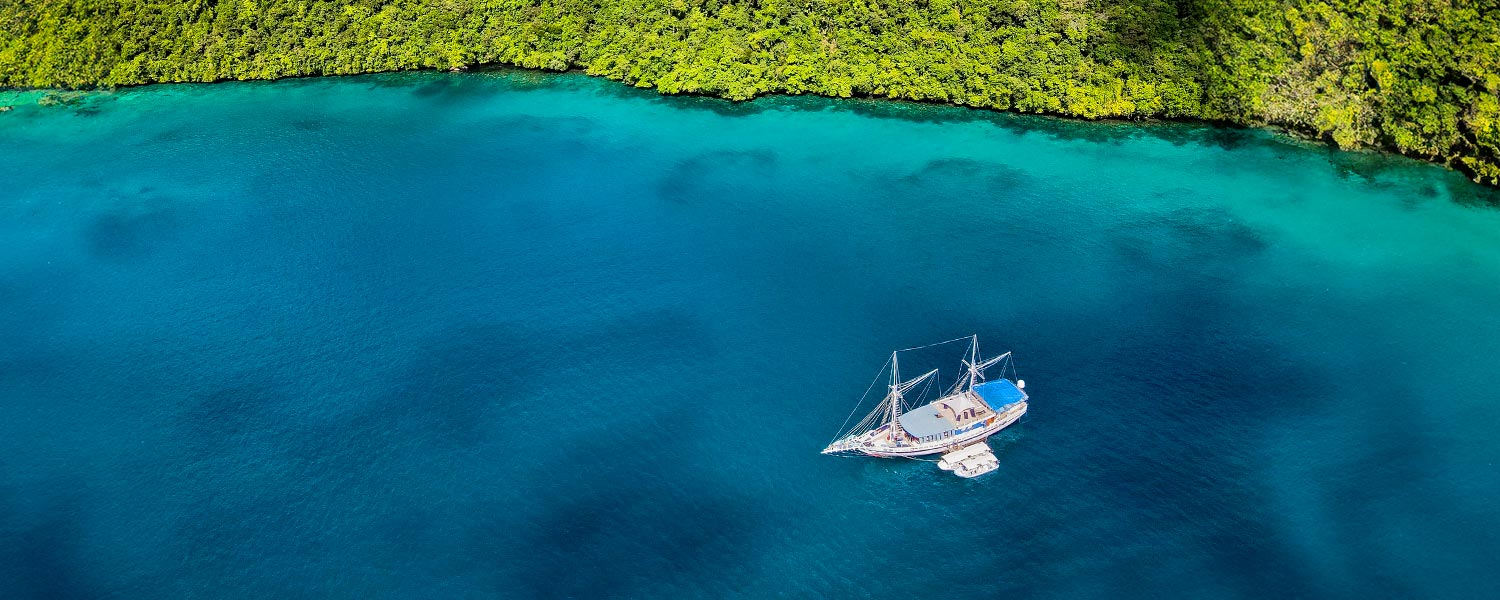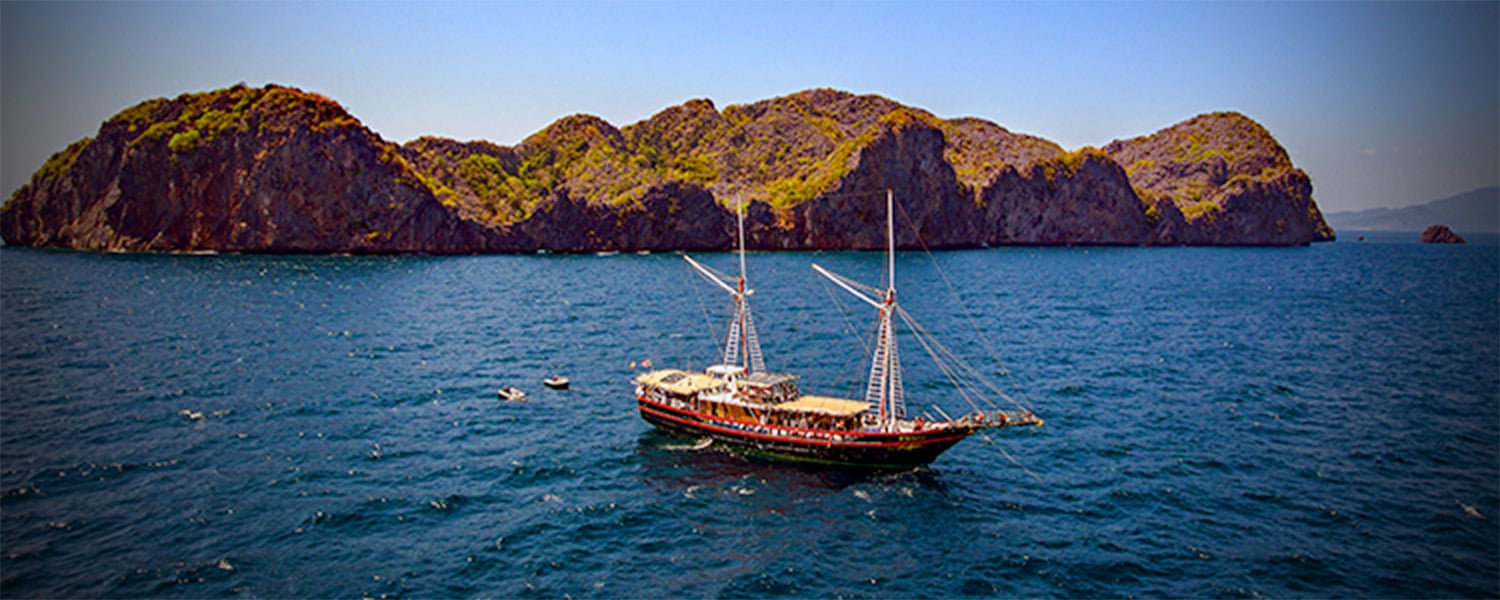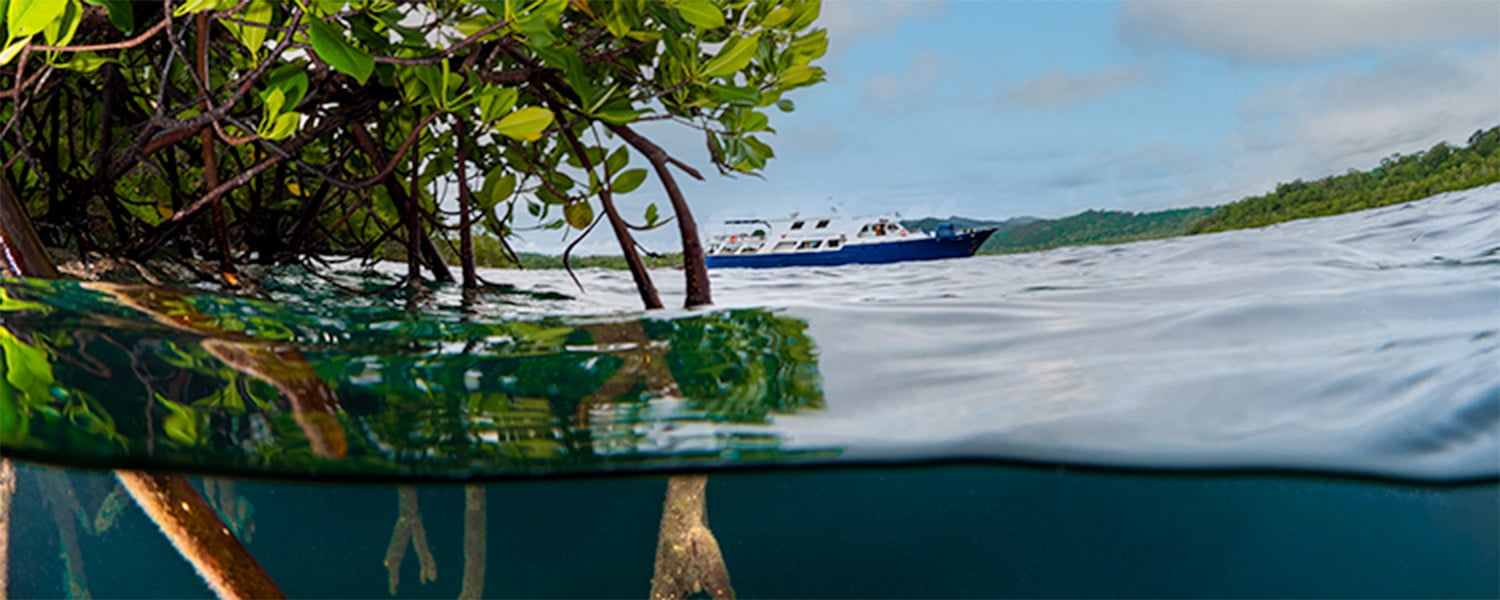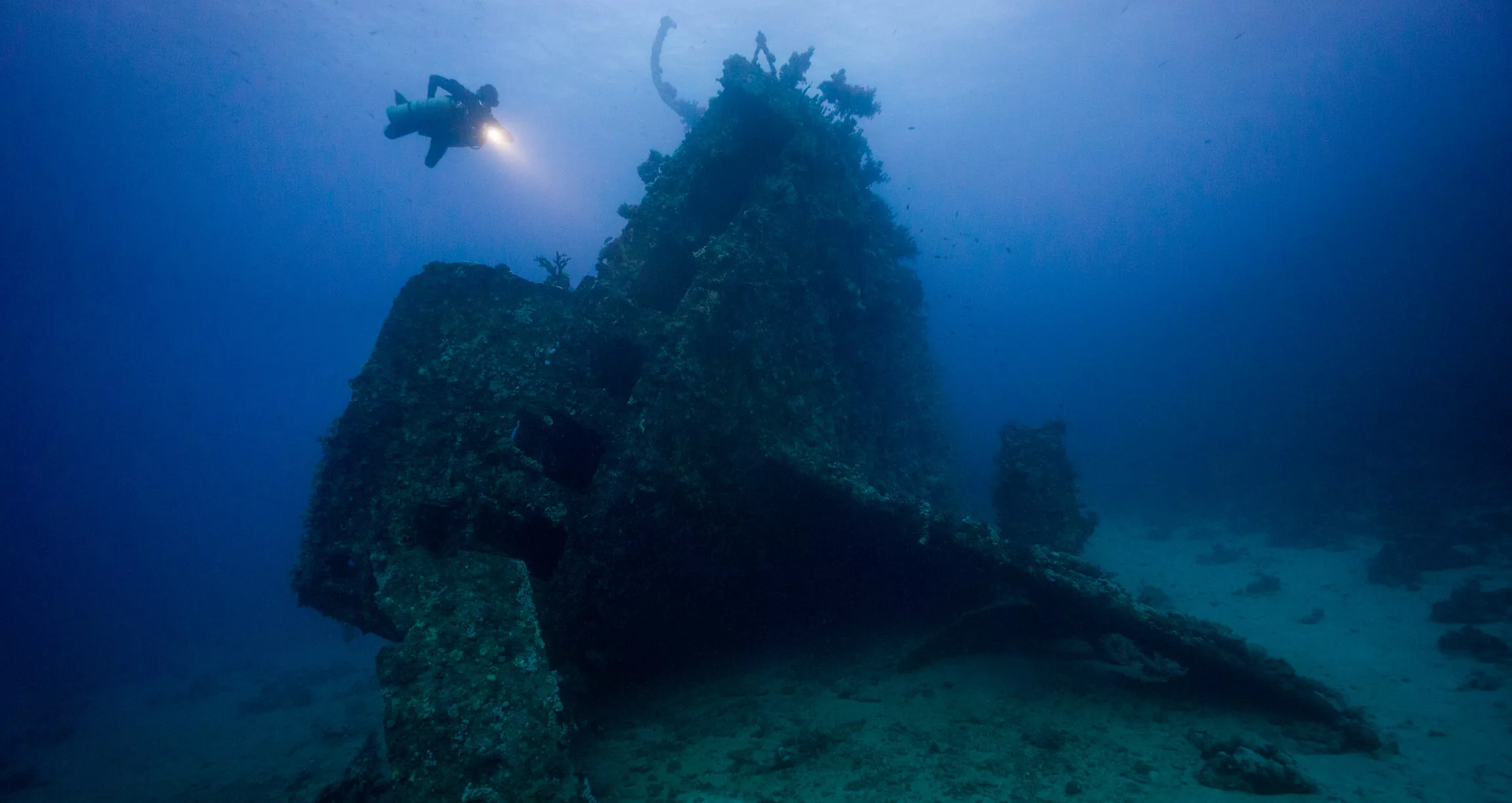Apart from being loved by scuba divers and being photogenic, here are 6 facts you probably don’t know about sea turtles.
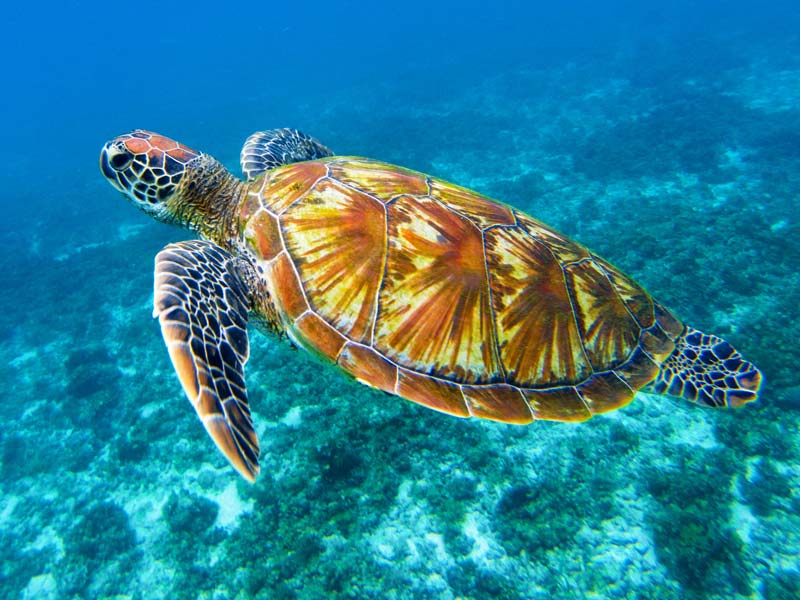


1. Sea turtles have been around for a very long time
Sea turtles are very old beings. They have been living on Earth for more than 220 million years. They managed to survive weather changes that killed the dinosaurs. The first turtle-like animals, the odontochelys had teeth, unlike modern turtles.
2. Home is where the heart is
Sea turtles adapted to survive in marine environments and spend all their lives in the ocean, except when females go ashore to lay eggs. In fact, they always return to the same nesting grounds where they were born!
3. You might see turtles crying
Sea turtles have glands that help to empty excess salt from their eyes, making it appear as though they’re crying.
4. It’s all about the temperature
Sea turtle eggs need to incubate for 45 to 70 days before they hatch. The length of incubation time is affected by the temperature of the sand in which the eggs are laid. Eggs hatch more quickly if the temperature of the nest is warm.
Temperature also determines the gender. Cooler temperatures favour the development of more males, and warmer temperatures favor the development of more females.
Even the position of the egg in the nest affects the gender. The center of the nest is warmer; therefore eggs in the center are more likely to hatch females, while eggs on the outside are more likely to hatch males.
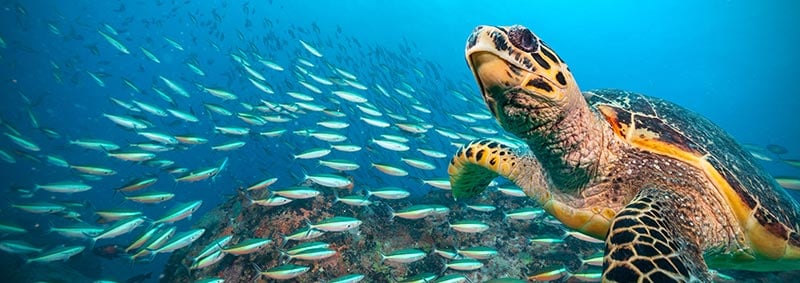
5. Sea turtles are vital to the ecosystem
- Sea turtles maintain the seabed by eating sea grass which is a breeding and feeding ground for several marine animals.
- The egg shells of sea turtles have nutrients that boost dune vegetation which majorly improves the quality of sand. Dune vegetation helps to hold the sand and protects the beach from erosion.
- Leatherback turtles mainly eat jellyfish that thrive on fish larvae.
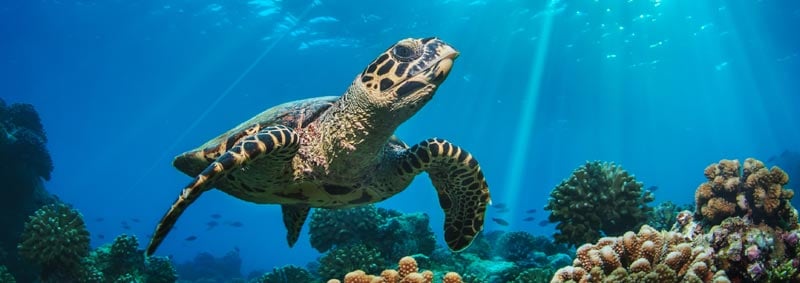
6. They do it better than us!
These reptiles not only have stronger muscles and better lungs than humans but also they have a better sense of smell, sight and hearing.
Moreover, they have an excellent sense of direction. They can detect Earth’s magnetic field and use it as a compass. When their eggs hatch, which is at night time, the baby turtles use moonlight to find their way to the sea.
Come and dive with us; you will have a good chance to encounter them in any of our destinations! Especially the green and hawksbill turtles!

